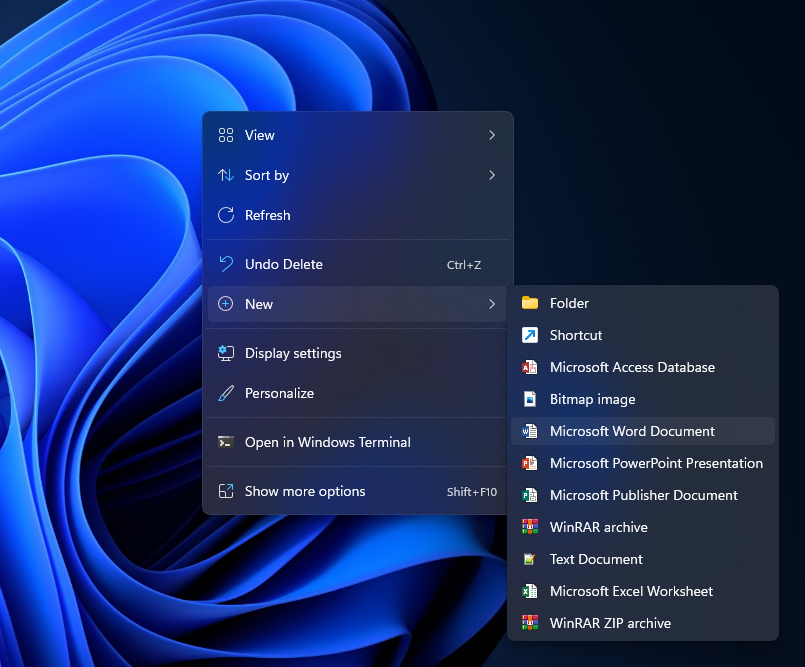
' First of all, create an instance of DocumentCore. Page numbers are automatically updated in that case.ĭocument.GetPaginator(new PaginatorOptions() ) Var toc = (TableOfEntries)document.GetChildElements(true, ElementType.TableOfEntries).FirstOrDefault() TOC can be updated only after all document content is added.
#Word document missing content update


After adding of the reference to () - it's 100% C# managed assembly you will be able to create a new document, parse an existing, modify anything what you want."))
#Word document missing content pdf
Net» will help you in development of applications which operates with DOCX, RTF, PDF and Text documents. Add the content of Chapter 1 / Subchapter 1-1 New Paragraph(document, String.Format("Subchapter 1-1")) Create a new paragraph for Chapter and SubChapter.Create TOC by applying heading styles - for example, Heading 1, Heading 2, and Heading 3 - to the text that you want to include in the table of contents.ĭocument.Net searches for those headings and then inserts the table of contents into your document. Section is a collection of Block elements that are grouped by a unify page properties concept and having specific headers and footers. (new TableOfEntries(document, FieldType.TOC)) (new Paragraph(document, "Table of Contents")) Add new Section with Paragraphs into our document.If you want to learn more about styles and formatting, please go to our example about advanced formatting. Use them to identify different parts of a document, but they also take advantage of other Word features. Word's heading styles are called Heading 1, Heading 2, on down to Heading 9. ParagraphStyle Heading2Style = (ParagraphStyle)Style.CreateStyle(StyleTemplateType.Heading2, document) ParagraphStyle Heading1Style = (ParagraphStyle)Style.CreateStyle(StyleTemplateType.Heading1, document) DocumentCore is root class, it represents a document itself. First of all, create a DocumentCore object with name document.ĭocumentCore document = new DocumentCore().Notice you are importing the SautinSoft.Document namespace.When you print the document, all headings are automatically expanded. Note that you can only collapse and expand parts of your document when you’re viewing it on your computer. NOTE: This change only applies to the current heading and not all headings at the same level, unless you modify the heading style to include this change. If you don’t have the cursor in a heading, the “Collapsed by default” is grayed out and cannot be selected. On the “Indents and Spacing” tab of the “Paragraph” dialog box, select the “Collapsed by default” check box to the right of the “Outline level” drop-down list so there is a check mark in the box. Place the cursor in a heading formatted with the heading level you want to collapse (such as Heading 1) and click the “Paragraph Settings” dialog box button in the “Paragraph” section of the “Home” tab. To do this, make sure the “Home” tab is active on the ribbon. You can also set up Word to automatically collapse certain heading levels by default. Then, select “Collapse All Headings” from the submenu to collapse all the headings in your document, or “Expand All Headings” to expand all the headings again. To do this, right-click on any heading and move your mouse over “Expand/Collapse” on the popup menu. Word provides a quick way to collapse or expand all headings at once.

When we collapsed “Subheading A,” which is a Heading 2, it collapses the content up to “Section 2” because that heading level is greater than “Subheading A.” However, when we collapsed “Section 1,” “Subheading A” and the content below it was collapsed as well because it is a lesser heading level than “Section 1.” Notice in the image below that all the content below “Section 1” is collapsed up to “Section 2” because “Section 2” is the at same heading level (Heading 1) as “Section 1.”

NOTE: When you collapse a heading, only the content up to the next heading of equal or lesser value is collapsed. To view the content again, simply click the arrow to the left of the heading again. The content below the heading collapses and only the heading displays. When you click on the arrow, the text below the heading is hidden. When you move the mouse over the space to the left of a heading, a right arrow displays. To do this, you must use the Heading styles in Word to format the headings in your document.


 0 kommentar(er)
0 kommentar(er)
